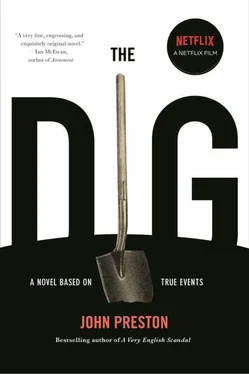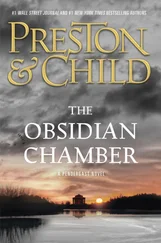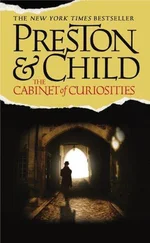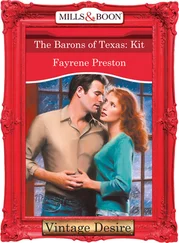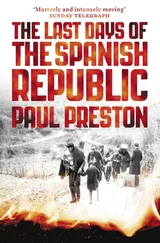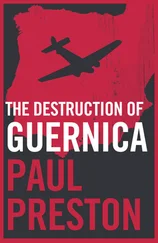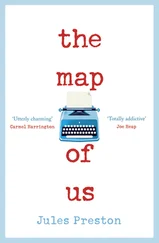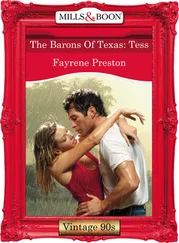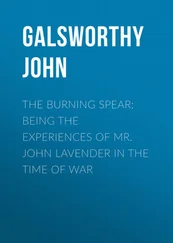Frank’s grave is unmarked, apart from a wooden cross. I have not bothered with a headstone as we are to be buried in a double plot. Placing the bunch of flowers by the foot of the cross, I stood there for a few minutes, asking for his guidance in what lay ahead. The sun was like a hand pressing against my back. I could see my shadow falling along the length of the grave. When I returned, Lyons was sitting in the car. He had his jacket undone and was fanning himself with his cap.
When I rang for Ellen on the following morning, she did not appear. I rang again. Still nothing happened. Eventually Grateley knocked on my bedroom door. Looking flustered, he said that he had not seen her since the previous evening.
“Do you think she might be unwell?”
“I cannot say, ma’am.”
“It is most unlike her not to send word.”
Grateley agreed that this was most unlike her and said that he would make inquiries. After I had finished dressing, I went down to breakfast. I was sitting there alone, still wondering what could have happened to Ellen, when Grateley came in again. This time he brought an envelope. He held it in front of him with his arms extended, as if he thought it might explode at any moment. My name was written in capital letters on the outside. I did not recognize the handwriting. Inside, was a single sheet of lined paper.
Dear Madam ,
Please forgive me. I am afraid I am having to leave your employ with immediate effect due to personal reasons. I am very sorry to be leaving like this. However, circumstances make it impossible for me to serve out my period of notice. I hope only that you will not think too ill of me .
Yours truly Ellen Spence
I folded the paper and put it back in the envelope. Grateley was still standing by the sideboard, waiting for a response.
“Thank you, Grateley,” I said. “That will be all.”
On the way to the village hall in Sutton, we passed Mr. Brown. I had offered him a lift earlier, but he insisted that he was quite happy going on his bicycle. He sat ramrod straight on the saddle with his pipe stuck between his teeth. Lyons sounded the horn as we went by. Mr. Brown took one hand off the handlebars and lifted it in greeting.
There had been some dispute beforehand about the venue for the inquest. A number of people — Mr. Reid Moir among them — argued that it should be held in the town hall in Woodbridge. However, the coroner, Mr. Vuillamy, decided that the proximity of Sutton village hall overruled any concerns about its size. Matters were further complicated when, much to my dismay, the BBC announced that they intended to broadcast excerpts from the inquest on the National Programme. By then, though, it was too late for any change.
Beside the village hall a field of mangolds had been set aside for a car park. When we arrived people had already congregated outside. As I had expected, a number of press photographers were also there. Mercifully, none of them knew who I was. However, when poor Mr. Vuillamy arrived a battery of flashbulbs exploded in his face. It was not until I saw him step back in surprise that I realized just how much I had been dreading this inquest — both because of the publicity it would bring and because of its expected outcome.
Inside the hall an oilcloth had been laid on top of the billiard table, with the tennis table placed on top of that — thereby making a serviceable if none too stable surface for the coroner and chief constable to sit behind. A jury of fourteen local men had been appointed beforehand. They comprised Mr. Abbott, the Sutton village blacksmith, and his son, Percy, landlord of the Plough Inn; three farmers; two retired army officers; John Mann, the Melton grocer; Mr. Peecock, the land agent; Mr. Bett, the secretary of the Woodbridge Golf Club; the headmaster of the Sutton village school; Mr. Houchell, a haulage contractor; Major Carruthers, the manager of the Midland Bank in Woodbridge; and General Charles Tanner.
Mr. Vuillamy took his place behind the makeshift table with the chief constable on his left. The jury sat directly in front of him, with members of the public crammed into what available space there was behind. Those of us who were being called to give evidence sat at the side. A seat had been reserved for me between Mr. Phillips and Mr. Reid Moir.
The British Museum had sent a van containing several of the key finds, including the gold jewelry, the scepter, a bronze stag and the great silver dish. These were displayed in a glass case provided by Mr. Maynard. This case was guarded by PC Ling and PC Grimsey.
There were also a number of unfamiliar-looking men standing about. These, Mr. Reid Moir informed me, were plain-clothed detectives, detailed to keep an eye out for any suspicious characters. When I asked him how he knew, he said he could tell by the cut of their suits.
The sun warmed the inside of the hut, releasing a strong smell of creosote. Mr. Vuillamy began by giving a brief account of the excavation and the finds that it had yielded. The jury was then invited to inspect the display case, which they did, showing — in most instances — considerable interest in the contents. It took several attempts on Mr. Vuillamy’s part to make them sit down again.
The point at issue, he explained, was as follows: Had the owner of the treasure been intending to come back to retrieve it at some point? If so, then the treasure would rightfully belong to the crown. Or had the intention been that it should accompany the owner on his journey from this world to the next? In which case it would belong to whoever owned the land it had been discovered on.
I was the first person to be called. In response to Mr. Vuillamy’s first question, I explained how I had spoken to the Suffolk historian Vincent Redstone at the Woodbridge Flower Show and mentioned my interest in excavating the tumuli. He had written to Mr. Reid Moir at Ipswich Museum on my behalf. Mr. Reid Moir then replied, recommending Mr. Basil Brown.
“Had you had any grounds for believing the mounds might contain treasure, Mrs. Pretty?”
I told him about the various myths and legends surrounding the mounds. I then added that I had always suspected there might be something inside.
“Can you explain what gave rise to such a suspicion?”
“Not specifically, no,” I said. “It was merely a hunch.”
“A hunch,” repeated Mr. Vuillamy, and wrote this down in his minutes.
Next, Mr. Brown was asked for his account of events. He gave his testimony in a clear, strong voice, always leaving a gap of several seconds between the end of Mr. Vuillamy’s question and the start of his reply so as to make quite sure that he had understood everything properly before committing himself to an answer.
He was, he explained, a freelance archaeologist who had done work for Ipswich Museum on a number of occasions — most latterly at the Roman villa at Stanton. He went on to describe how I had engaged him to excavate the mounds and how, on 11 May, John Jacobs had discovered the first of the ship’s rivets. A visit to the museum at Aldeburgh that afternoon had confirmed his suspicion that the rivet found was similar to several discovered in the Anglo-Saxon ship-burial at Snape.
During the early days of the excavation, he said, he had had the benefit of advice from Mr. Maynard, the curator of Ipswich Museum. However, as the excavation proceeded and the dimensions of the ship exceeded all expectations, it had become necessary to call in outside help. This help had duly arrived in the shape of Mr. Charles Phillips of Selwyn College, Cambridge.
After another pause, during which Mr. Vuillamy consulted with the chief constable, Mr. Brown was told that he could stand down. He was followed by Mr. Phillips himself, who was asked to take up the story from the start of his involvement. He proceeded to do so, although on several occasions Mr. Vuillamy had to ask him to speak “in plain English” for the benefit of those persons present who did not have his specialist knowledge.
Читать дальше
